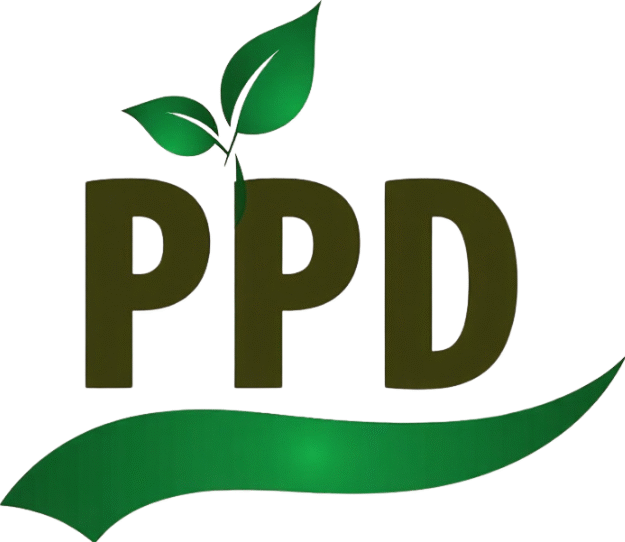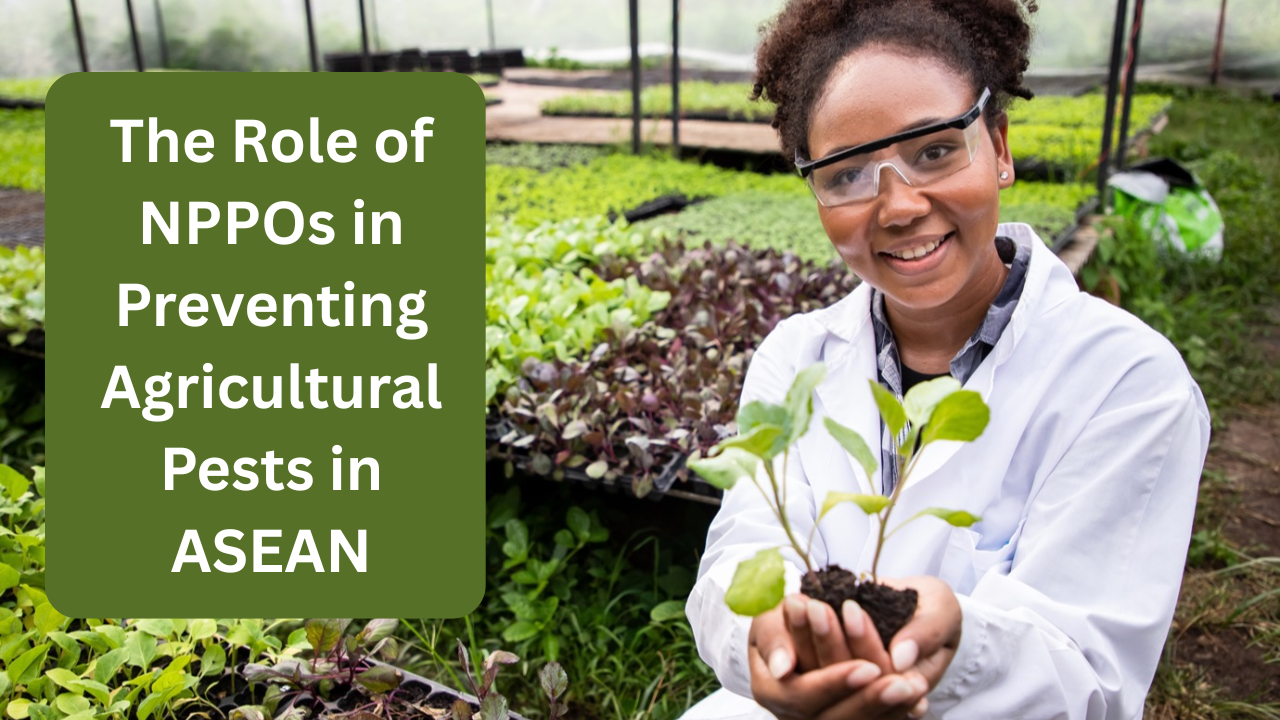
In the dynamic agricultural ecosystem of the ASEAN region, the silent guardians of food security are not always the farmers or agri-tech innovations — they are the National Plant Protection Organizations (NPPOs). Tasked with a vital responsibility, NPPOs function as the frontline defense against the entry, establishment, and spread of pests that could cripple agricultural production, food exports, and economic stability across member nations.
What Are NPPOs?
NPPOs are official government bodies established under the International Plant Protection Convention (IPPC), operating within the framework of the World Trade Organization’s Sanitary and Phytosanitary (SPS) Agreement. Each ASEAN country has its NPPO, mandated to implement phytosanitary measures, coordinate surveillance, regulate plant quarantine, and ensure pest risk assessments are up to global standards.
Their role has become increasingly important with climate change, intensified trade, and globalized food supply chains — all of which heighten the risk of pest outbreaks.
Key Responsibilities of NPPOs in ASEAN
1. Pest Surveillance and Monitoring
NPPOs regularly monitor crops, forests, and nurseries to detect pest presence early. This includes the use of pheromone traps, field scouting, and remote sensing technologies. Early detection minimizes the spread and improves the effectiveness of containment.
2. Phytosanitary Certification
To facilitate safe trade, NPPOs issue phytosanitary certificates that verify agricultural exports are pest-free and comply with the importing country’s requirements. This is critical for countries like Thailand, Vietnam, and the Philippines that rely heavily on agricultural exports.
3. Import Inspections and Quarantine
Every import of plant products undergoes stringent checks at points of entry. If a high-risk pest is detected, the NPPO initiates quarantine or destruction of the goods, preventing further spread into the domestic ecosystem.
4. Pest Risk Analysis (PRA)
PRA is a science-based process NPPOs use to evaluate the risk posed by pests associated with imported commodities. Based on these analyses, they decide on restrictions or treatment requirements.
5. Emergency Response and Containment
When an invasive pest breaches the border — such as the Fall Armyworm or Banana Fusarium Wilt — NPPOs coordinate rapid response units to contain and manage outbreaks. They work with farmers, research institutions, and international agencies for containment strategies.
6. Capacity Building and Farmer Awareness
NPPOs conduct training programs for farmers, agricultural officers, and stakeholders on pest identification, integrated pest management (IPM), and biosecurity protocols.
ASEAN Coordination: Regional Unity, Local Execution
The ASEAN Regional Steering Committee on Plant Protection ensures harmonization among NPPOs through:
- Regular technical consultations
- Joint simulation exercises
- Shared pest surveillance databases
- Unified quarantine protocols for transboundary pests
This coordination boosts regional resilience and minimizes trade barriers caused by inconsistent phytosanitary standards.
Case Studies of NPPO Success in ASEAN
| Country | Pest Threat Addressed | NPPO Action Taken | Outcome |
|---|---|---|---|
| Vietnam | Coconut Rhinoceros Beetle | Targeted trapping, biological controls | Outbreak minimized within 8 months |
| Thailand | Fall Armyworm | Emergency spraying, awareness campaigns | 65% decline in affected maize acreage |
| Indonesia | Banana Fusarium Wilt TR4 | Quarantine zones, farmer education | Spread halted to 3 provinces |
| Philippines | Mango Pulp Weevil | Export certification upgrades | Market access to Korea restored |
| Malaysia | Papaya Mealybug | Natural predators released | Infestation reduced significantly |
Overview Table: NPPO Functions Across ASEAN
| Function | Description | Impact on Agriculture | ASEAN Coordination Status |
|---|---|---|---|
| Pest Surveillance | Continuous monitoring of crops and ecosystems | Early detection & control | Strong regional alignment |
| Phytosanitary Certification | Ensures export compliance with importing nations | Trade facilitation | Harmonized formats |
| Quarantine Measures | Entry point inspection and pest containment | Biosecurity enforcement | Partially unified |
| Emergency Pest Response | Rapid response to new pest incursions | Crop protection | Coordinated through ASEAN |
| PRA and Risk Communication | Risk analysis for imports and awareness campaigns | Science-based regulations | Ongoing collaboration |
| Capacity Development | Training, workshops, and farmer sensitization | Strengthened local response | Frequent regional support |
Challenges Faced by NPPOs in ASEAN
- Limited Resources – Many NPPOs operate under constrained budgets, affecting surveillance coverage and response times.
- Cross-Border Pests – Open trade and porous borders allow pests to move rapidly across countries.
- Inconsistent Standards – Despite ASEAN efforts, differences in national laws and enforcement still exist.
- Climate Change – Warmer temperatures and erratic rainfall patterns expand pest habitats and seasons.
- Technological Gaps – Not all NPPOs have access to cutting-edge diagnostic tools or databases.
The Way Forward: Strengthening NPPO Roles
To ensure agricultural sustainability and regional food security, ASEAN nations must:
- Increase Investment in NPPOs: Allocate dedicated funds for equipment, staffing, and infrastructure.
- Leverage Regional Pest Databases: Real-time sharing of pest outbreaks can aid faster regional response.
- Standardize PRA Methodologies: A unified ASEAN PRA framework will enhance consistency.
- Promote Public-Private Collaboration: Engage agri-tech companies, exporters, and farmers in biosecurity efforts.
- Integrate Digital Tools: Use AI, drones, and satellite imaging for smarter pest detection and forecasting.
Three One-Line FAQs
Q1: What does an NPPO do in agriculture?
NPPOs prevent the spread of agricultural pests through monitoring, quarantine, and phytosanitary certification.
Q2: Why are NPPOs important for ASEAN trade?
They ensure exports meet international pest-free standards, maintaining access to key markets.
Q3: How do NPPOs manage pest outbreaks?
By deploying emergency containment measures, training farmers, and coordinating regional responses.

